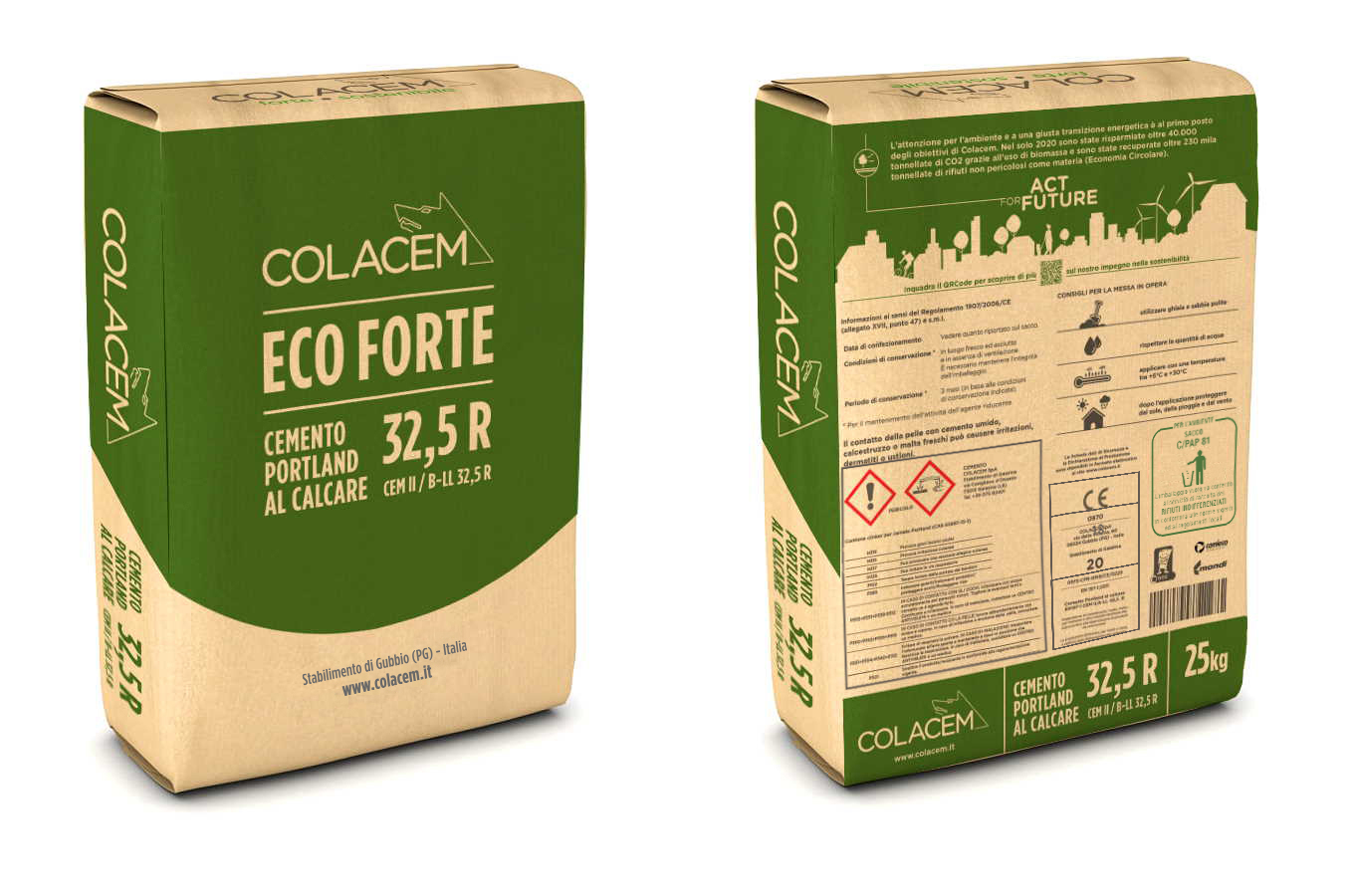Colacem accelerates decarbonization: 50% of cements now have lower emissions impact
Over 50% of the cements in the new range are produced with lower clinker content, ensuring the same chemical-physical and mechanical performance as always
Colacem is tackling the challenge of decarbonization with seriousness, leveraging all currently available tools to reduce the environmental impact of its operations. The company is focusing on a circular economy model and the production of cements with a lower carbon footprint, while also exploring future possibilities that emerging technologies may offer, such as green hydrogen and CO₂ capture and storage systems.
At all its fully integrated Italian plants, "recovered" materials from other industrial processes—such as slag, ash, chemical gypsum, and others—are used as substitutes for natural raw materials. Currently, the substitution rate with recycled materials stands at 6%.
Four of Colacem's six Italian plants are replacing part of their imported fossil fuels with SRF (Secondary Recovered Fuels) derived from the non-recyclable dry residual fraction of sorted waste. Although the caloric substitution rate of SRF in Italy has grown to 22%, it remains far behind the European average, which exceeds 57%. Some exemplary countries, such as Germany and Austria, achieve substitution rates as high as 75-80%. The European Union actively promotes this practice, considering it among the best strategies for contributing to the decarbonization challenge.
Today, 50% of Colacem's cements sold on the market are more sustainable than in the past. They are produced with lower clinker content, offering excellent chemical-physical and mechanical performance.
Thanks to the adoption of these solutions, Colacem has reduced its annual CO₂ emissions by 90,000 tons, with a continuously improving trend.



